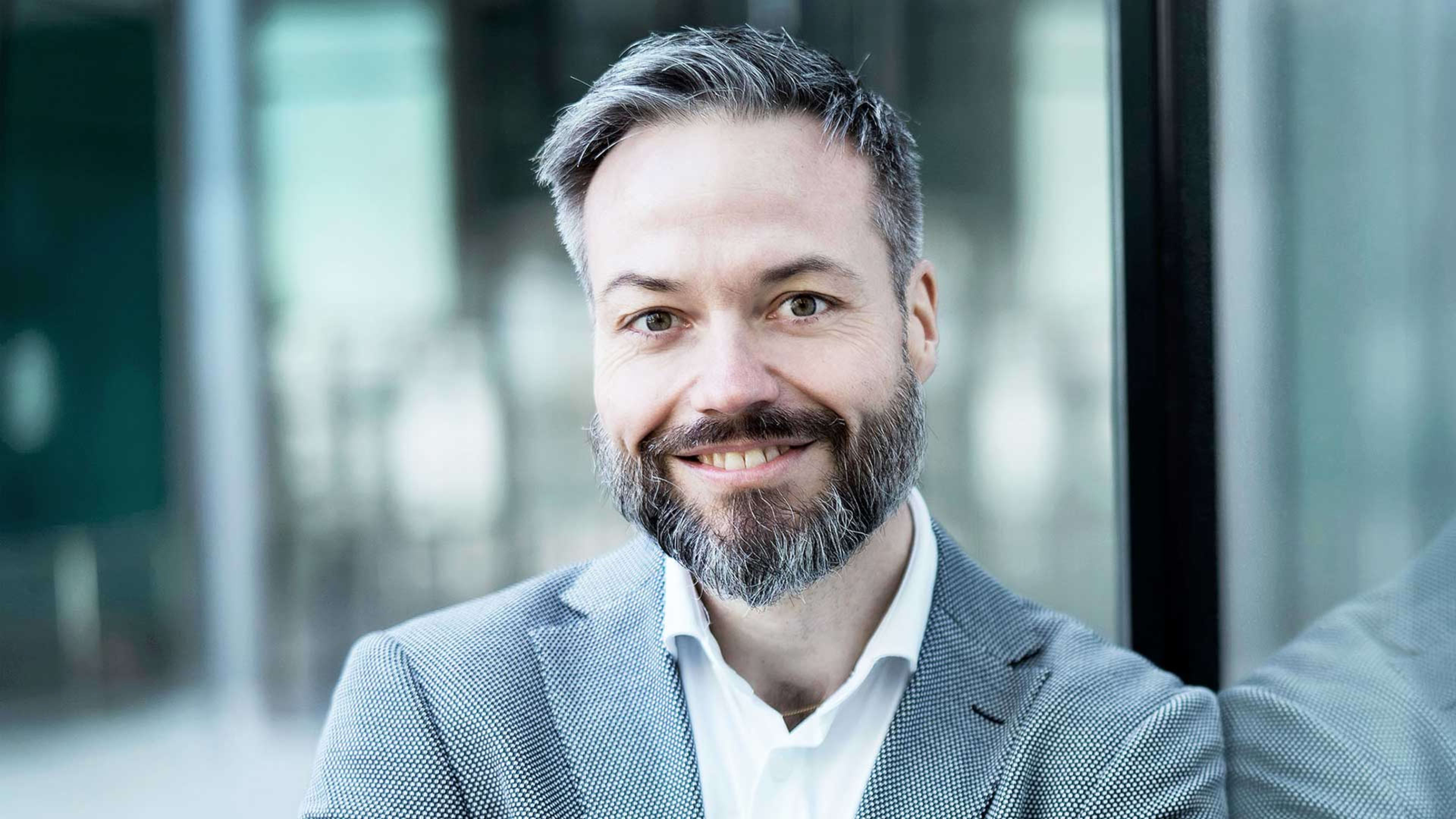
Working together with AI Agents: The importance of keeping humans in the loop
Last updated: 23.07.2025 11:00
We are currently experiencing rapid growth and major advances in AI agents. It's all about collaboration, coordination and new, individualized offers.
Traditional chatbots are primarily based on defined scripts and only respond reactively to input. Autonomous AI systems or AI agents, on the other hand, can communicate with customers in real time, overcome language barriers through real-time translations and exchange information with each other. They make decisions without human support and complete even complex tasks. Similar to human teams, several AI agents will work together in the future. They will each be highly specialized in one area. AI agents will also be responsible for project coordination and testing. They will hand over the work steps from hand to hand, just like human teams do now.
The difference is that currently, for example, you need five people in a department who all operate their respective AI tools. With AI agents, only one person is needed to coordinate the team of AI agents.
VIER is also working on this division of labor in which AI solutions and agents cover specialist areas. The aim is to fully automate processes and combine different AI agents and models. Instead of one-size-fits-all offerings, companies can offer their customers individualized solutions and personalize their customer approach to a greater extent.
Industry-specific AI: Industry models
Another innovation that will become increasingly important from around 2027 is industry models. These are industry-specific AIs that are trained on all relevant data. Companies can license these specialist models and thus benefit from industry-specific knowledge and significant productivity gains. These industry models already exist in China. However, their database is neither suitable nor secure enough for European industry. Therefore, German and European companies – partly in cooperation with US companies – will develop their own trustworthy models.
Practical example: FUTURE AI for futurology
Scientific futurology provides answers to future developments. Scientists can analyze which technologies will be decisive for companies in the next five to ten years on an industry-specific basis. To do this, they first conduct in-depth interviews with people who have a significant influence on decisions regarding future developments, such as heads of strategy, innovation and technology at large, market-driving companies. A specific picture of the future emerges from these evaluations and further analyses. A time-consuming and cost-intensive process.
Together with VIER, the 2b AHEAD Group has therefore developed FUTURE AI. This AI tool is trained with the exclusive data from the forecast database and is therefore a genuine knowledge system for futurology. Customers can simply ask this tool questions about the future of their industry and find out what developments will look like in five to ten years' time, which technologies will play a role, how value chains and target groups will change and which business models and products will lead to growth. With FUTURE AI, every medium-sized company can plan for the future in a professional way that only large corporations could previously afford. FUTURE AI's knowledge is constantly evolving, as the system is updated in the background with every new interview. An example of how easily AI can be integrated through "plug and play" and how cost-effectively it works.
Where are the employees? Human-in-the-loop
However, the increasing use of AI is also focusing on the issue of man and machine. The Human-in-the-loop concept describes the division of labor between humans and AI. Human skills and machine intelligence are combined to achieve optimal results. This is because empathy, expertise and human decision-making skills remain crucial in many areas. Humans are given monitoring capabilities for AI applications. As a supervisor, for example, they look into a conversation between the customer and AI and provide support with their superior empathy and communication skills if things are not going well. This creates real teamwork between humans and AI. In future, there will therefore be a CAIO, the Chief AI Officer, who will be responsible for the technical and cultural aspects of AI.
Authors:

Rainer Holler
CEO
VIER

Sven Gábor Jánszky
Chairman
2b AHEAD Group